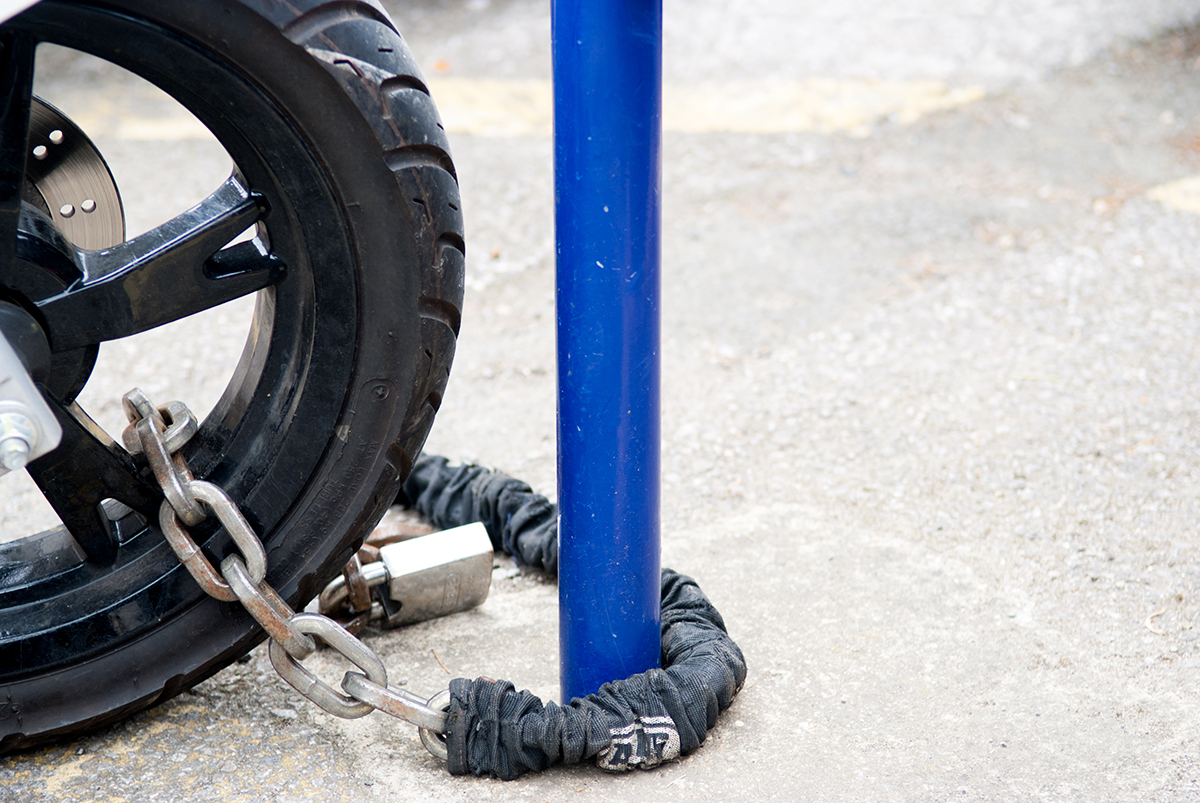If you have loved ones that are reaching senior age, it’s time to start thinking about elderly home safety. Home safety for the elderly is important for achieving independence. When we are young, we may feel invincible, but as we age, our bodies may not be able take those bumps and falls that we used to brush off with ease.
In the U.S. alone, every 11 seconds an elderly person is sent to the emergency room from injuries resulting from a fall. To ensure the safety of your loved ones, this elderly home safety checklist is a great starting place.
1. Have All Tripping Hazards Been Removed?
As we grow older, muscle loss, reduced bone density, and changes to our joints decrease our mobility and increase our risk of fractures. Because of this, we should take precautionary measures by removing any tripping or falling hazards around our home and continuing to ensure that new ones don’t develop.
Common Tripping Hazards
Tripping hazards come in different shapes and sizes that we don’t often consider, such as:
- Throw rugs which can easily bunch up and cause trips or slips
- Clutter on the floor left by children
- Electrical cords for TVs or computer chargers
- Raised steps or stairs
It’s not always easy to spot potential hazards — another step we can take to prevent injuries is to provide stability by installing grab bars.
2. Have Grab Bars Been Installed?
Equipping your elderly loved one’s home with grab bars can be one of the best ways to improve their safety and security. Grab bars are handles, usually made from metal or plastic, that attach directly to the walls of your home, allowing someone to easily grab hold of them for stability or to help them stand if they trip or feel faint.
Grab bars are usually installed in:
- The bathroom: Bathroom safety for the elderly is essential, as anyone, not just the elderly, is prone to slipping when coming in and out of the shower
- The bedroom: Getting up from the bed may require extra assistance
- The stairs: Even if there are handrails, a grab bar might come in handy for added stability
In addition to installing hardware to provide a greater sense of security, another way to remove potential for injury is to ensure that hazards can be recognized.
3. Is There Sufficient Lighting in All Rooms?
Bad lighting can also become hazardous for those with poor vision. Our eyesight naturally deteriorates with age, so it’s crucial that seniors have adequate lighting in their homes so that they can identify any potential risks that could cause a fall.
Here are some things you can consider to ensure adequate lighting in your home:
- Night lights can be useful for those late night bathroom trips, as they are usually easier on the eyes and won’t cause as much strain as regular lights
- Rope lighting is energy efficient and durable. These lights can easily be placed around the house
- “The Clapper” transforms your existing lights by allowing them to be switched on and off at just the clap of your hands. This light switch technology can be easily placed into the wall socket, allowing any of your lamps to be plugged in
- Light bulbs with enough wattage, but not too much, as while seniors do need more light, they are also more sensitive to glare
While most hazards can be spotted given proper lighting conditions, others are not so visible to the naked eye.
4. Is the Smoke Alarm and Carbon Monoxide Detector Working Properly?
Smoke alarms and carbon monoxide detectors need to be installed and working correctly in order to ensure the safety of everyone at home. Make sure these detectors are ready for any emergency with the following steps:
- Test them often: Conduct basic testing on your own by simply pressing the test button on the device. You could also run emergency testing, which will check that it works with real smoke.
- Replace the batteries: Make sure the batteries are changed frequently and are working. If you don’t hear an audible sound when testing, it means the batteries are faulty or dead.
- Replace old detectors: If your elderly loved ones just moved to a new home, check the dates on the back of the devices to determine if they need replacing.
Smoke alarms and carbon monoxide detectors are just two types of devices that will ensure that seniors are aware of any potential dangers.
5. Do They Have Easy Access to a Medical Alert System?
Technology like medical alert systems is another way to notify others in case of an emergency. Medical alert systems come in the form of a wearable, mobile app, or home system, and can contact the appropriate authorities immediately and without hassle.
Here are a few reliable medical alert systems available on the market:
- LifeAlert emergency pendants and shower buttons
- GreatCall emergency mobile devices and wearables
- MedicalGuardian base station and pendants
- Rescu emergency response mobile app
There are many dependable technologies out there, but the Rescu app provides the fastest emergency response. There’s no talking or middle man needed — with a couple of taps on your mobile device, emergency responders are immediately sent right to your door.
Rescu is the Best Medical Alert Option for Seniors
When looking out for an elderly loved one, it’s important to keep elderly home safety tips top of mind, which this senior home safety checklist can help with. In addition, Rescu can help digitally safety-proof your loved one’s home, and improve the security of the seniors in your life. On top of taking the precautionary measures above, installing the Rescu app on yours and your senior’s devices as an extra provision, will ensure their safety even in your absence.



